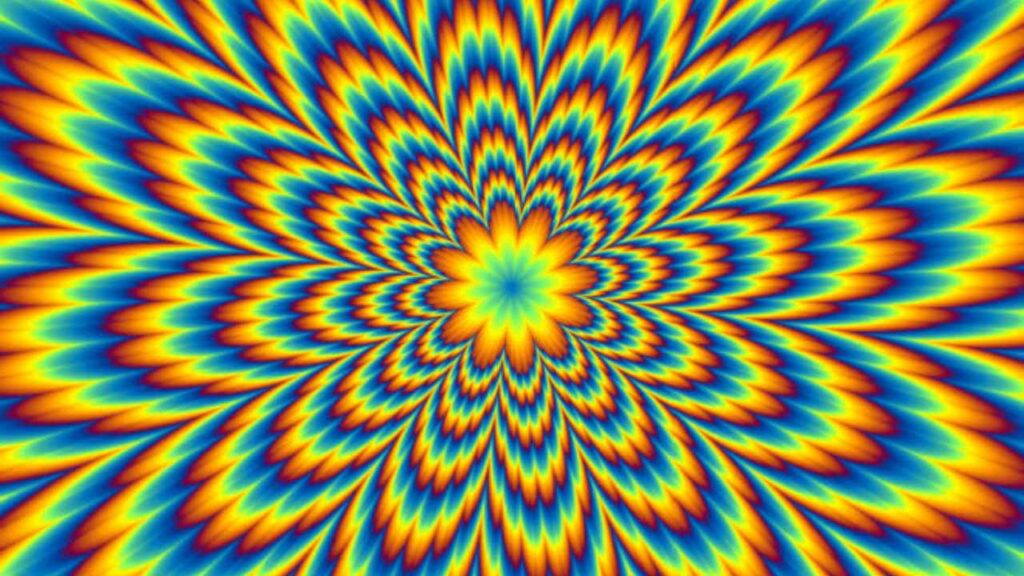Optical illusions play with our perception, creating fascinating images that make us see things that aren’t really there or appear in unexpected ways. Here are a few types of popular optical illusions that intrigue viewers:

1. Ambiguous Illusions
- These images can be interpreted in multiple ways. For example, the classic “Duck or Rabbit” image shows an animal that can look like both depending on how you focus on it. Similarly, “My Wife and My Mother-in-Law” is an image that alternates between a young woman and an older lady.
2. Impossible Objects
- These illusions showcase objects that seem plausible at first glance but are geometrically impossible. M.C. Escher’s “Waterfall” and “Penrose Triangle” are iconic examples, appearing to defy physics through careful perspective trickery.
3. Distorting Illusions
- Distorting illusions manipulate perception with line, color, or context, making straight lines appear bent or different-sized objects seem equal. A well-known example is the “Ponzo Illusion,” where lines appear to be different lengths due to converging lines mimicking perspective.
4. Motion Illusions
- In static images, motion illusions create a feeling of movement. The “Rotating Snakes” illusion by Akiyoshi Kitaoka is a classic, where circular patterns appear to rotate as you shift your gaze, thanks to careful placement of color and shape.
5. Negative Space Illusions
- These illusions use negative space to hide secondary images. For instance, the famous “Faces or Vase” illusion by Edgar Rubin makes a vase appear in the negative space between two facial profiles, switching back and forth as you refocus.
6. Troxler’s Fading
- This phenomenon causes fixed parts of an image to disappear as your eyes focus on a specific area. Stare at the center of an image with faded or blurred edges, and you may notice parts fading away due to the way our brain processes peripheral vision.
7. Afterimage Illusions
- These illusions play with the afterimage effect: look at a bright or contrasting image for a few seconds, then shift your gaze to a blank surface. You’ll often see a “ghost” of the image due to your photoreceptor cells adjusting to the bright light.
8. Color Illusions
- These illusions trick our perception of colors due to surrounding contrasts. The “Checker Shadow Illusion” by Edward Adelson, where two squares of the same color appear different under a shadow, is a well-known example of how contrast changes our color perception.
Would you like a specific type of optical illusion picture, or more examples?
